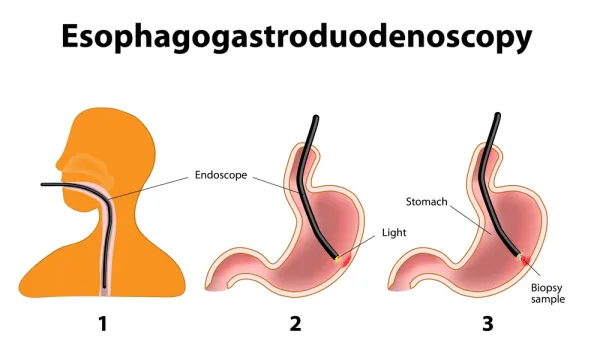Start Digging Into the Thousands of Updates Planned for ICD-10-CM 2017

Some of your biggest shifts will be in orthopedics.
Although your new edition of ICD-10 won’t be effective until Oct. 1, the Federal Register has already released the proposed new, revised, and deleted codes. The list includes a whopping 1,900 new diagnosis codes along with a plethora of revisions that will end the partial freeze the CDC has had in place since 2011.
You’ll likely find yourself using many of these new and revised codes since outpatient facilities treat patients with such a wide range of conditions. Read on for a look at what’s coming for some of your most common specialties.
Orthopedics Will Incorporate Thousands of Fracture Changes
You’ll find many orthopedic codes that specify more laterality, such as M25.541 (Pain in joints of right hand), M25.542 (Pain in joints of left hand), and M25.549 (Pain in joints of unspecified hand).
Some of the revisions are so subtle that you’ll miss them at a quick glance. For example, M96.830 (Postprocedural hemorrhage and hematoma of a musculoskeletal structure following a musculoskeletal system procedure) will change to (Postprocedural hemorrhage of a musculoskeletal structure following a musculoskeletal system procedure).
You’ll also have to learn new codes like S99.011A (Salter-Harris Type I physeal fracture of right calcaneous, initial encounter for closed fracture) and M62.84 (Sarcopenia).
“The new codes are M and S for orthopedics … and there are 1,000s of them,” says Bill Mallon, MD, former medical director of Triangle Orthopedic Associates in Durham, N.C. “Some of them are simply new syntax for older codes, but a lot of them are new codes.”
Dermatology Changes Focus on Hematomas
After seeing so many fracture changes, you’ll be glad to know that the “diseases of the skin and subcutaneous tissue” series, L00-L99, should see only a few additions and revisions.
Most of the revisions are related to the introduction of new diagnosis codes describing hematoma of skin and subcutaneous tissue following a procedure:
Currently, there are codes for postprocedural hematoma – but they are combined with postprocedural hemorrhage:
On Oct. 1, however, ICD-10 will delete the words “and hematoma” from L76.21 and L76.22. For postprocedural hemorrhage of skin and subcutaneous tissue, you will report L76.21 or L76.22. For postprocedural hematoma, report L76.31 or L76.32.
The same pattern will be evident for postprocedural hematomas in many other parts of the body. For example, on Oct. 1, these codes will debut:
These codes precede partner diagnoses that are proposed to debut on Oct. 1, 2017, which will specifically describe postprocedural seromas to differentiate between seromas and hematomas. “Currently, postoperative seroma would be coded with postoperative hematoma,” according to the meeting minutes from the CDC’s March ICD-10 Coordination and Maintenance Committee Meeting. However, next year each condition should have its own code set, the meeting minutes reveal.
Another new code, L98.7 (Excessive and redundant skin and subcutaneous tissue), describes loose or sagging skin following weight loss, either through bariatric surgery or organically through diet.
Pick Up on Subtle Postprocedural Updates
You can expect to see patterns in the revisions to postprocedural complication codes. First, watch for changes to postprocedural hemorrhage and hematoma codes, with ICD-10-CM 2017 providing distinct options for each condition within each organ system. For example, note the changes to these digestive system procedure codes:
You’ll find similar changes to provide separate codes for postprocedural hemorrhage or hematoma in the circulatory system, endocrine system, and skin and subcutaneous tissue chapters, to name a few that may impact your surgeons.
Caveat: The information for this article was pulled from a not-yet-final list. “The Addenda to be published in June is the complete, final list of code changes going into effect this October,” says Sue Bowman, MJ, RHIA, CCS, FAHIMA, Senior Director of Coding Policy and Compliance at AHIMA.
Coming next month: Watch for more information about the proposed changes next month, including a look at gastroenterology diagnoses.




